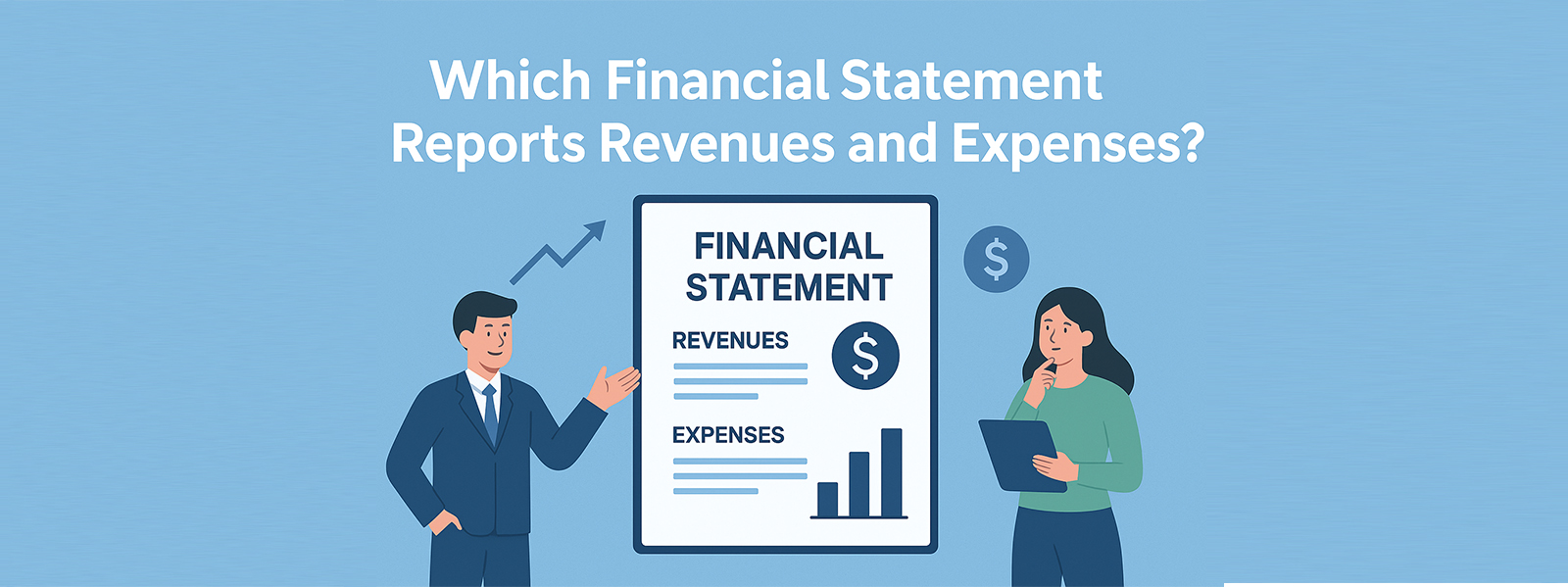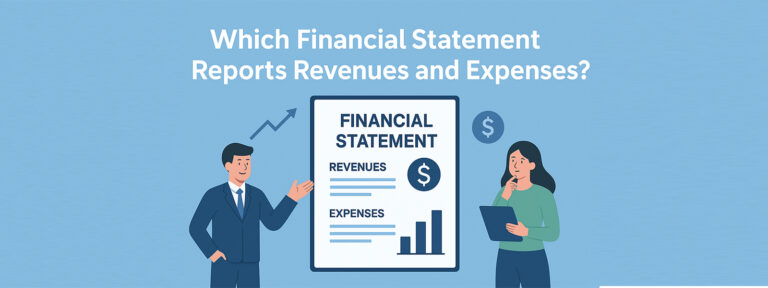For businesses, travel means opportunity, but it also introduces layers of financial complexity. The constant back-and-forth between finance teams and employees trying to justify every meal or taxi ride the process a drain on time and productivity. For many companies, manual expense tracking has turned business travel into a logistical maze, one that automating expense reports is finally starting to solve.
This guide walks you through the best mobile travel expense tracking apps for businesses, and how they help companies save time, stay compliant, and keep every dollar accounted for, no matter where their teams are present.
The Importance of Automating Travel Expenses for Businesses
Manual expense reporting may seem manageable at first, but as your business grows, it becomes one of the biggest time drains in financial operations. Beyond the wasted hours, these inefficiencies lead to compliance risks, frustrated employees, and poor visibility into where company money is moving. Automating travel expense reporting is a need. Here’s why:
1. Accuracy and Compliance
Automated apps cancel out manual errors. They scan and digitize receipts, extract key details, and categorize expenses according to your company’s policy. Many tools even give users the option to flag out-of-policy or duplicate expenses before they’re approved, helping maintain compliance with tax laws and internal spending rules. Therefore, protecting the business during audits, keeping financial data clean and reliable.
2. Faster Reimbursements
When expense reporting is manual, it can take weeks for claims to move from submission to reimbursement. Expense tracking apps speed that up with mobile submissions, instant notifications, and real-time manager approvals so employees can get reimbursed in days, not weeks. This way, faster payouts improve employee satisfaction, particularly for those who travel often and front their own expenses.
3. Real-Time Spend Visibility
Instead of waiting for end-of-month reports, an expense tracking app monitors travel spending by team, department, or trip in real time. This level of visibility helps businesses identify overspending trends, negotiate better rates with vendors, and set more accurate travel budgets.
4. Integration with Accounting Systems
It wouldn’t be wrong to say that one of the biggest advantages of modern expense automation tools is their integration with accounting platforms like QuickBooks, Xero, and NetSuite. So that expense data flows directly into the company’s financial records, resulting in faster month-end closings and more accurate forecasts.
5. Improved Employee Experience
No one should have to spend hours chasing receipts or filling out spreadsheets after every trip. With a tracking app, you take a photo of their receipt, and the app does the rest, from extracting details to building full-scale reports. This way, employees can focus on tasks that are a priority.
Top 5 Mobile Travel Apps for Businesses
We’ve listed out the top 5 mobile travel apps to automate expense reports.
1- ExpenseVisor
From booking to reimbursement, ExpenseVisor handles the entire travel expense lifecycle within one connected system, allowing companies to focus on productivity, not paperwork. Be it a flight upgrade, a client lunch, or a hotel invoice, the automated tracker ensures no detail is missed and every claim complies with company policy. The platform uses OCR-powered receipt scanning, GPS-based mileage tracking, and real-time syncing to capture, categorize, and match every travel expense automatically.
Furthermore, for businesses managing multiple teams or frequent travelers, it removes the hassle of manual submissions. By just taking a photo of the receipt, Expense Visor reads and logs the details instantly. Managers get real-time alerts and can approve expenses from anywhere, while finance teams receive clean, policy-compliant reports without needing to cross-check every line item.
ExpenseVisor also integrates directly with leading accounting tools such as QuickBooks, Xero, and NetSuite. This means expense data flows automatically into ledgers for faster month-end closing. With advanced analytics, businesses gain visibility into spending patterns, identify cost-saving opportunities, optimize vendor negotiations, and set smarter travel budgets.
The real benefit lies in how it transforms company culture around travel management. Approvals are faster, reimbursements are timelier, and finance teams finally have control and clarity over travel costs. Automation, compliance intelligence, and user experience, ExpenseVisor offers it all together, giving it an edge over other travel expense tracking apps. It builds a smarter, more transparent spending ecosystem that scales with your company’s growth.
2- SAP Concur
SAP Concur made it to this list because of its global reach and scalability. Businesses that operate across regions, currencies, and regulations, this platform makes a helpful addition as it automatically converts foreign transactions, syncs with international credit card networks, and enforces local tax rules, all while ensuring compliance with internal policies.
The platform lets you book flights, hotels, and ground transport directly within SAP’s ecosystem, using integrated travel partners like American Express GBT and TripIt Pro. Once a trip is complete, expenses show up effortlessly in the reporting dashboard, with receipts matched to transactions through AI-driven OCR. The system automatically flags potential violations, duplicate entries, or policy breaches, ensuring the company stays audit-ready at all times.
Moreover, it helps optimize budgets by identifying where travel spending can be reduced without affecting employee experience.
Other than automation, SAP Concur makes life easier for teams spread across time zones. Without needing to log into multiple systems, managers can review and approve claims from anywhere, ensuring no expense lingers in limbo. In addition to that, it connects with ERP systems like SAP S/4HANA and Oracle, offering financial data and actionable insights. For large organizations handling thousands of transactions per month, it’s a good option to consider.
3- Zoho Expense
Like many other expense apps, Zoho Expense allows employees to create travel requests, get real-time approvals, and automatically convert approved trips into expense reports once completed. The app’s built-in receipt scanner lets users snap a picture on the go, which instantly extracts and categorizes.
It also helps businesses stay compliant across borders by supporting multi-currency and region-specific tax rules, automatically adjusting per-diem allowances and travel limits based on location. For global companies or those expanding into new regions, this feature minimizes errors that could lead to policy violations or inaccurate reimbursements.
Integrations are another strong point. Zoho Expense connects directly with big accounting platforms, so all travel expenses flow into your financial system. Other features include corporate card syncing and automatic transaction matching to receipts, offering greater accuracy.
Ultimately, Zoho Expense stands out because of its balance between affordability, automation, and travel-specific functionality. It brings structure, transparency, and control to how companies manage travel budgets. For small to mid-sized businesses looking for an all-in-one solution that can grow with them, Zoho Expense could be a dependable and scalable choice.
4- Everlance
Everlance works well for businesses where travel is frequent, as it turns a tedious reporting task into a mostly invisible process. Every mile traveled is logged automatically; teams no longer have to calculate distance for reimbursements. Receipts can be captured right away, with all the essential details like amount, merchant, and date captured without extra effort.
It features automatic separation of business and personal expenses when linked to corporate cards or bank accounts, which reduces errors and keeps reports clean. On top of that, the built-in deduction finder identifies transactions that may qualify as tax-deductible, saving both employees and companies from lost opportunities.
Everlance also provides instant visibility for managers and finance teams. Thus, its combination of automation, accuracy, and insight makes it particularly effective for small businesses, freelancers, and teams without a dedicated expense department.
5- Expensya
Whether employees are submitting receipts in euros, dollars, or yen, Expensya automatically converts amounts and generates reports in the company’s preferred currency. Receipts in foreign languages are also recognized and translated, removing common obstacles in global travel expense management, making multi-currency expense reporting simple and accurate.
From predefined budget limits for meals, lodging, and transportation to policy compliance alerts, everything stays within company-specific travel and expense policies without manual oversight. Integration with accounting systems and payroll platforms further smoothens the workflow, with no duplicate entries and only sped up reconciliation.
To sum it all up, automating travel expense reporting transforms a time-consuming, error-prone process into an efficient system that benefits both employees and businesses. It creates a win-win situation; companies save time, reduce mistakes, and get clear insights into spending. At the same time, teams stay focused on priority tasks. With the right expense management tool, travel expenses become a manageable part of operations; scalable, efficient, and fully aligned with company growth.


